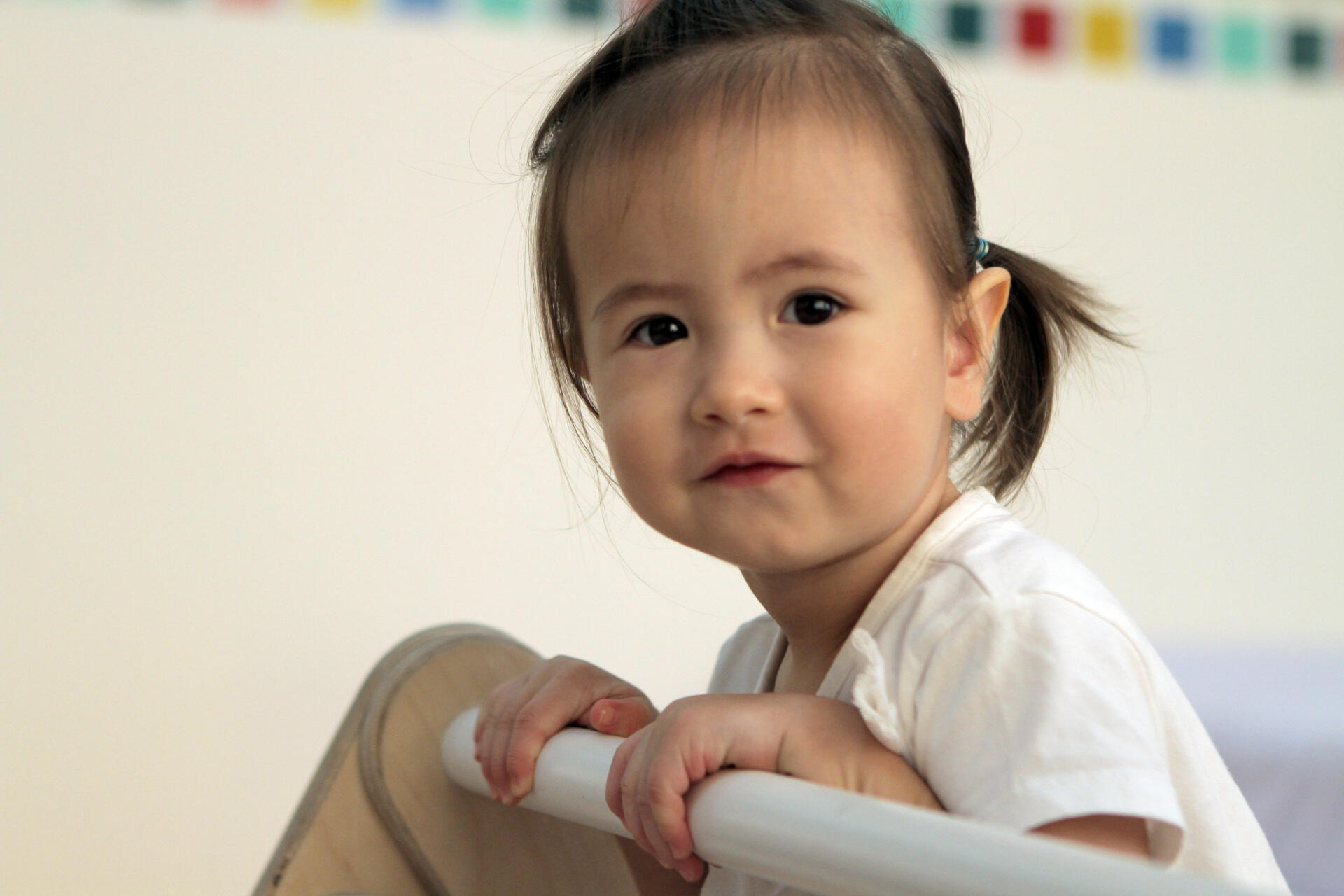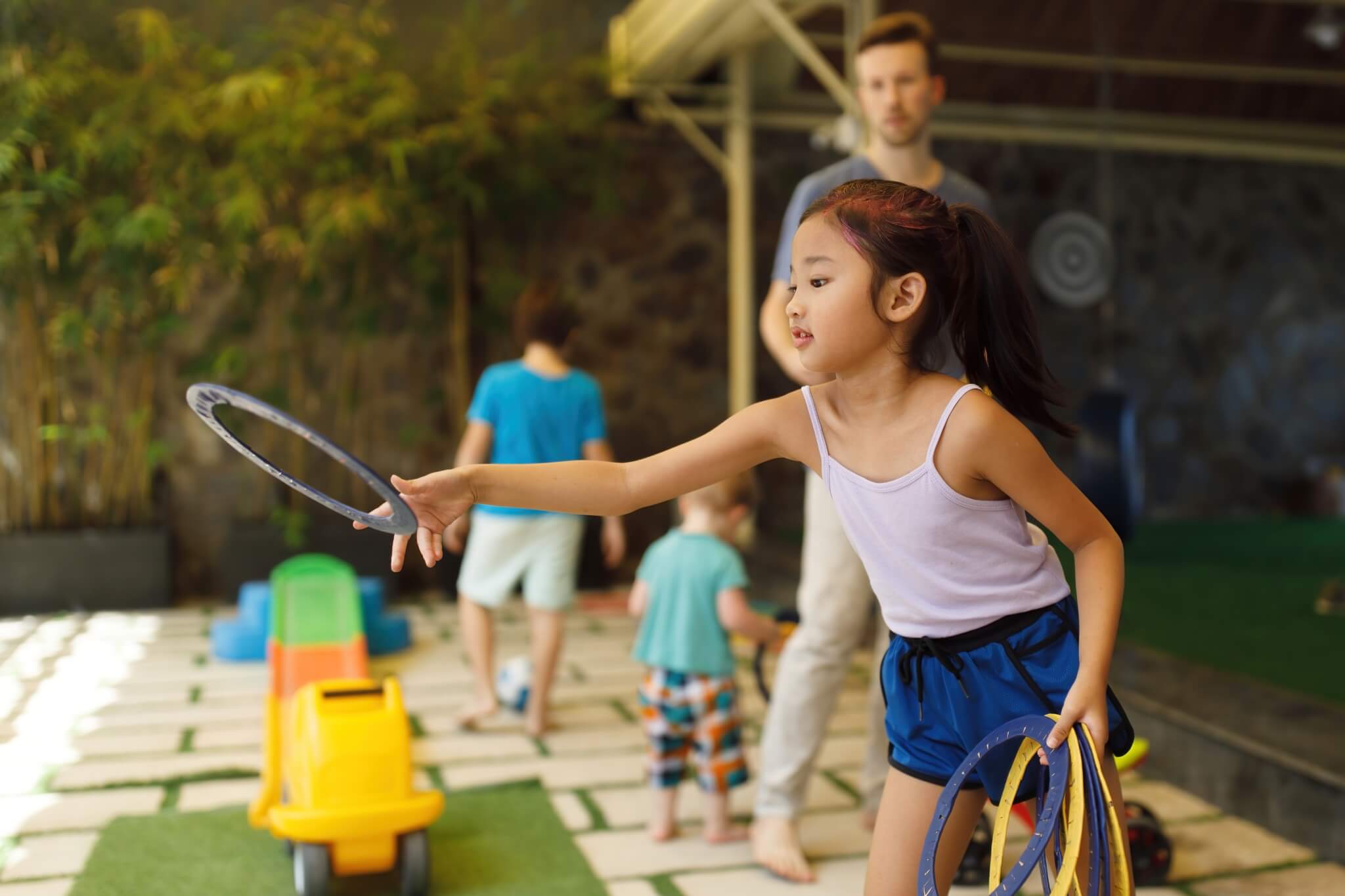Everyday Habits to Teach my Child: Montessori Way
It can be difficult to implement the Montessori philosophy at home with children. After all, educators receive specialized training in this curriculum, so you may be wondering, “How could I apply Montessori parenting and understanding the philosophy at home if I don’t have a special degree?”

Be respectful of your child as a person.
We respect our elders and our partners, but respecting children seems strange at first. After all, they are still new to this world! But this is all the more reason to show children respect in everyday interactions. They will feel heard, loved, and inspired by your example to respect others.
Encourage your child’s independence and freedom.
It’s difficult to watch a child or family member struggle when you care deeply about them—we want to step in and help! However, this is not always beneficial to a child’s learning process, self-confidence, or intrinsic motivation.
The majority of materials in the Montessori classroom, including the kitchen and bathroom areas, are designed to allow children to use them independently. Children adore the fact that they have control and independence over basic tasks such as hand washing and toilet use!
Look for places around the house where you can give your child some independence. Maybe a low snack shelf just for them? Lower the coat hooks so they can reach them?
Allow them to be free—within limits.
Freedom within limits, a delicate Montessori concept, means allowing your child to direct their own daily activities based on their interests. Setting limits, on the other hand, is important because it teaches your child what is and isn’t acceptable. Any activity that causes harm to themselves or others is an example of when limits should be set.
Slow down—and give them some breathing room.
Giving your child plenty of time and space to explore is a component of the Montessori philosophy that you can implement at home. Children operate on a different internal clock than adults, and it can be difficult to appreciate this. When planning your daily schedule, keep your child
Use big words—even with small children.
Using “big words” is not a unique Montessori concept, but it is used on a daily basis in the classroom. Most first-time classroom observers are taken aback when they hear the teacher declare, “I see some debris on the floor that needs to be picked up before lunchtime!”
You can begin learning a new language at home. Contextual clues or asking you, “What does that mean?” will help children learn the definition of new words. Your child will soon be using rich and descriptive language in everyday situations in mind.
Keep an eye on your child at all times.
Finally, here’s a Montessori reminder for parents to spend time observing their children. Educators spend a lot of time in the classroom watching how children interact with the materials and with one another. This information provides the teacher with insights into each child’s distinct and intricate personality.
While the Montessori curriculum is best left to a school setting, some aspects of the philosophy can be applied at home. Using some of the aforementioned tips, such as respect, independence, and observation, you will be able to create a caring and supportive environment that will contribute to the happiness of your child.
For more updates about our school, follow our Facebook pages:


